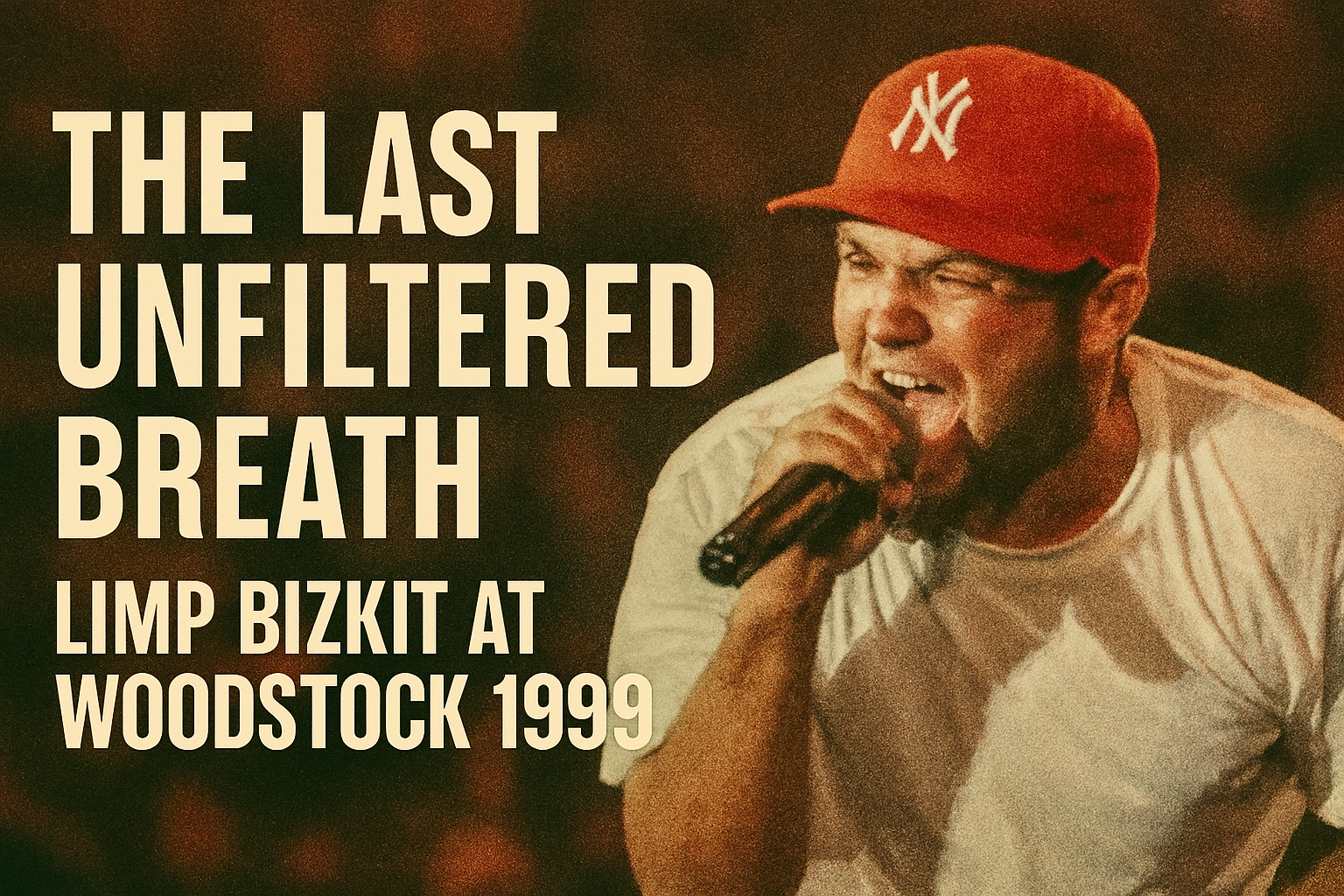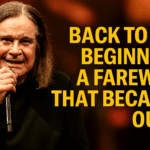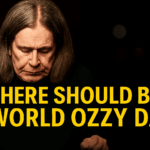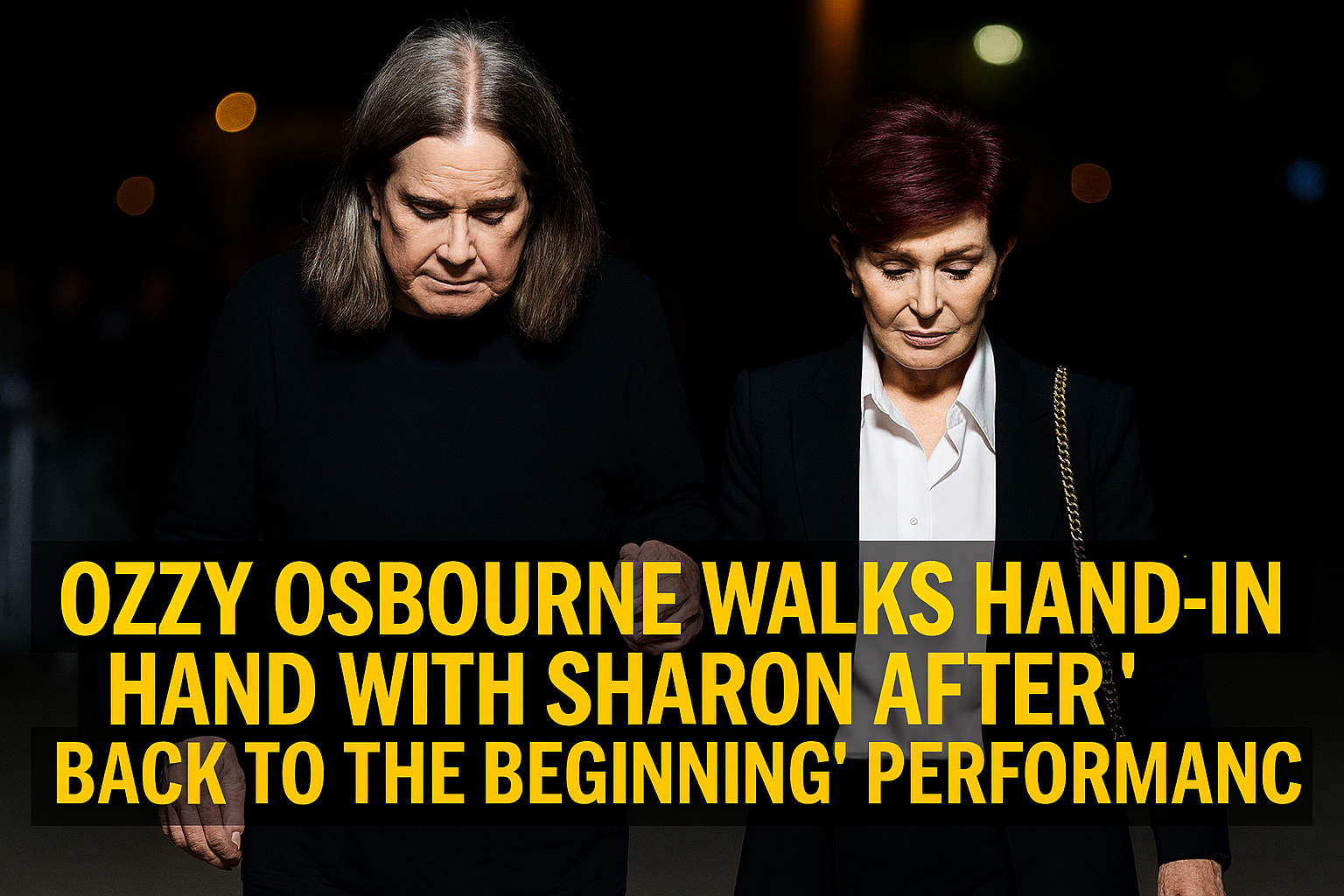After news of Sam Rivers’ passing, Limp Bizkit’s Woodstock 1999 performance of “Break Stuff” has been replayed obsessively, becoming a focal point for grief and memory. The clip doesn’t just remind viewers of a song or a band; it returns them to a cultural moment when youth, sound, and spectacle collided in a way that felt irreversible and final. In the weeks after Rivers’ death, the track saw a renewed surge in streams and radio play, pushing it back onto industry charts and reigniting conversations about the band’s role at the close of the 20th century.
The Scene: Griffiss Air Force Base, July 1999
Woodstock ’99 was billed as a celebration of music and peace, but what unfolded was messier and more combustible. In the sweltering heat at Griffiss Air Force Base, a sea of roughly 400,000 people gathered without the omnipresent screens and filters of later decades. The absence of ubiquitous smartphones created a kind of raw anonymity: people existed fully in the moment, surrendered to the music and the crowd. When Limp Bizkit took the stage, their sound—an aggressive hybrid of rap, metal, and punk attitude—matched the festival’s fever pitch and amplified it into chaos.
Rivers’ Role: The Low-End Pulse
Sam Rivers’ bass wasn’t background ballast; it was the engine. His lines on “Break Stuff” drove the song’s blunt-force momentum, anchoring the devolving energy as mosh pits swelled and tempers frayed. Rivers had a way of locking groove and aggression together: the bass was thick enough to steer the room but nimble enough to accentuate the band’s hooks. In a performance environment where catharsis teetered toward fury, his playing provided the musical spine that kept the momentum coherent—even when the crowd’s behavior grew unpredictable.
The Performance: Sound as a Collective Act
The Woodstock clip captures more than a band onstage; it captures a crowd and a culture reaching a collective decision to unleash itself. Fred Durst’s provocations, the band’s antagonistic stage persona, and Rivers’ thunderous low end fed into an atmosphere where release felt not only necessary but inevitable. “Break Stuff” is built on repetition and release—the verses build tension and the chorus lets it snap—and live, in that heat and scale, it felt like a ritual. For those who were there, the song became a soundtrack to a night when rock’s performative danger was on full display.
Cultural Context: The End of an Era
There’s a reason the Woodstock ’99 performance reads like a swan song to the 1990s. The decade’s fashions, production values, and mix of tribal aggression and irony are all on display. The band’s set, and “Break Stuff” in particular, crystallized that moment’s contradictions: bravado and vulnerability, spectacle and sincerity, rebellion and commercial success. Rewatching the footage now, following Rivers’ death, many viewers feel as though they are witnessing the last unfiltered breath of a cultural era that was about to be reshaped by new technologies and new expectations of public behavior.
Mourning and Reappraisal
Public grief often arrives as a sudden revisiting of artifacts—songs, live clips, interviews—that become proxies for the person lost. In Rivers’ case, the Woodstock footage has performed that role: people watch not only to hear the bass lines but to remember the human being behind them. The renewed attention has also prompted a broader reassessment of Limp Bizkit’s legacy—how to hold both the vitality of that music and the troubling moments associated with that festival in the same conversation. Streaming spikes and chart returns after an artist’s death are common; they’re part of the way audiences process absence and reassert the value of what remains.
Why the Clip Still Hits
The footage persists because it contains several simultaneous truths: it is musically compelling, viscerally immediate, and historically informative. Without layers of social-media curation, the moment reads as urgent and communal; the crowd’s scale, the sweat, the shouting, the sense of imminent rupture—those elements translate across generations. For older fans, the clip is a portal back to adolescence and the exhilaration of danger. For younger viewers, it’s an education in how rock once felt: loud, physical, and unfiltered.
Final Reflection
Sam Rivers’ passing has turned one of Limp Bizkit’s most infamous performances into a communal point of reflection. The Woodstock ’99 “Break Stuff” clip is not merely a reminder of what the band sounded like—it’s a document of a specific cultural climax. It shows a generation pushing against limits, and it now carries the weight of memory, loss, and reassessment. Whether listeners revisit it for the raw live power, to mourn a musician, or to reevaluate a contentious cultural moment, the performance will remain a vivid, complicated artifact of the end of a decade and the people who helped define its sonic identity.










